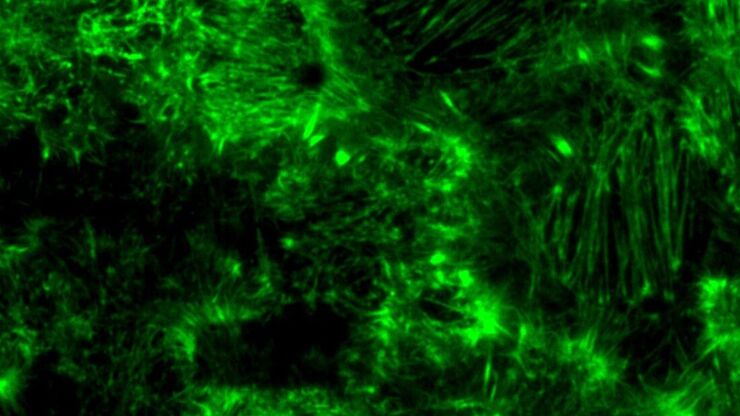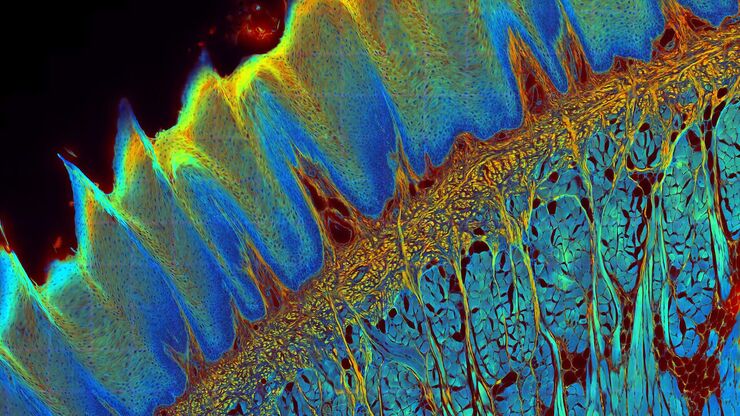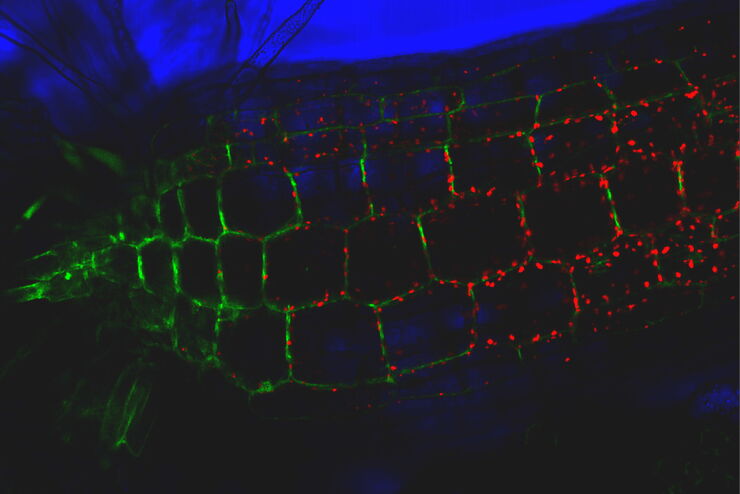Filter articles
标签
产品
Loading...

光操控
The term photomanipulation encompasses a range of techniques that utilize the properties of fluorescent molecules to initiate events and observe how dynamic complexes behave over time in living cells.…
Loading...

荧光寿命成像显微镜(FLIM)指南
荧光寿命成像显微镜(FLIM)利用荧光染料的固有特性生成图像。荧光分子已成为细胞生物学家的重要工具。荧光分子被广泛应用于显微镜观察细胞、组织甚至整个生物体内的许多不同结构、目标和动态过程。
Loading...

荧光活细胞成像技术
理解复杂和/或快速的细胞动力学是探索生物过程的重要一步。因此,如今的生命科学研究越来越关注动态过程,例如细胞迁移,细胞、器官或整个动物的形态变化,以及活体样本中的实时生理事件(如细胞内离子成分的变化)。
满足此类高难度需求的一种方法是采用某些统称为活细胞成像的光学方法。
Loading...

FRAP实验步骤式指南
漂白后荧光恢复(FRAP)已被认定为观察大分子平移扩散过程方面使用最为广泛的一种方法。由此产生的信息可用于确定动力学性质,如扩散系数、流动分数和荧光标记分子的传输速率。FRAP实验利用了短激光脉冲的荧光团辐照。先进的激光扫描显微镜如TCS…
Loading...

Fluorescence Recovery after Photobleaching (FRAP) and its Offspring
FRAP (Fluorescence recovery after photobleaching) can be used to study cellular protein dynamics: For visualization the protein of interest is fused to a fluorescent protein or a fluorescent dye. A…

